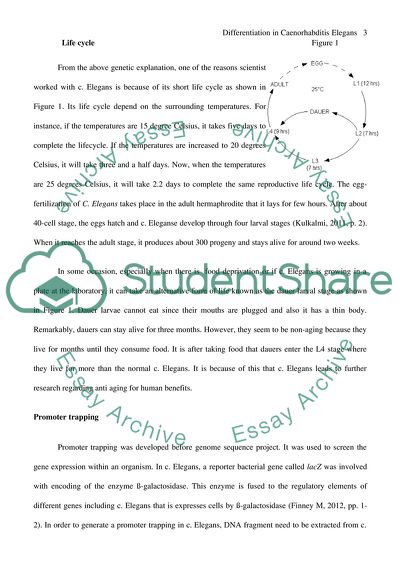Cite this document
(Differentiation in Caenorhabditis Elegans Essay, n.d.)
Differentiation in Caenorhabditis Elegans Essay. https://studentshare.org/biology/1828030-differentiation-in-caenorhabditis-elegans
Differentiation in Caenorhabditis Elegans Essay. https://studentshare.org/biology/1828030-differentiation-in-caenorhabditis-elegans
(Differentiation in Caenorhabditis Elegans Essay)
Differentiation in Caenorhabditis Elegans Essay. https://studentshare.org/biology/1828030-differentiation-in-caenorhabditis-elegans.
Differentiation in Caenorhabditis Elegans Essay. https://studentshare.org/biology/1828030-differentiation-in-caenorhabditis-elegans.
“Differentiation in Caenorhabditis Elegans Essay”. https://studentshare.org/biology/1828030-differentiation-in-caenorhabditis-elegans.


